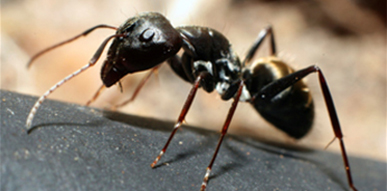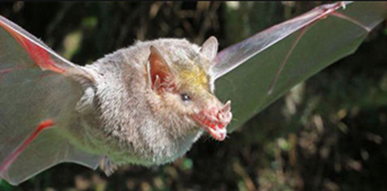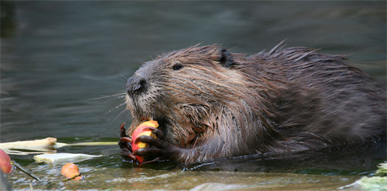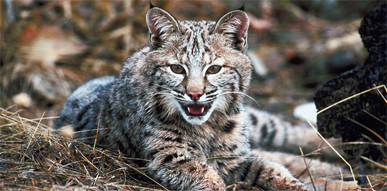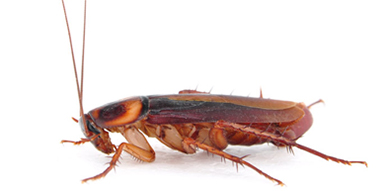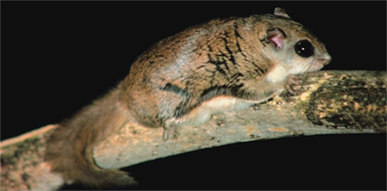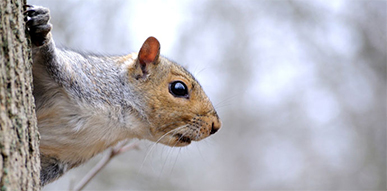All Exterminating Wildlife Division has had many years of experience and expertise in the delicate field of catching and removing coyotes from neighborhoods, golf courses, residential and commercial landscapes, farms, and varying habitats. When selecting a professional for coyote removal, it is essential to select someone that is aware of the behaviors of the animal and understands how to properly remove the animal. Coyotes are extremely smart; therefore it is important that the animal is removed properly. Implementation of improper strategies can result in educating a coyote and catching the animal can be a very difficult task; even for the most experienced veteran. All Exterminating Wildlife removes all coyotes alive from the site and promises to use extreme means of safety at all times. We will be glad to perform an inspection of the areas of sightings to determine the best method of removal. All Exterminating Wildlife Division works with HOAs, Management Companies, Homeowners, County Animal Control, and many others to ensure proper communication during the removal process. We take pride in humanly removing coyotes while minimizing exposure to property owners.
Coyotes are a medium sized canine that pose a threat to the urban environment. They are highly adaptable animals which is why the species is such a threat. With modern urban sprawl, humans are moving into their homes and rather than relocating, most coyotes simply adapt to their new environment. Coyotes are larger than foxes and smaller than wolfs and their size contributes to their stealth-like behavior: they are known to prey on domesticated animals and livestock and may even pose a scare to people within the environment. Coyotes have a relatively large home range, but tend to revisit certain areas daily. The female coyote home range tends to shrink significantly after she delivers pups and will not leave the area until the pups are old enough to fend for themselves.
Coyotes vary in color from a brownish-grey to a solid black. With the variances in color, coyotes sometimes are mistaken for foxes or even domestic dogs. Coyotes resemble a German Sheppard though coyotes have a bushier tail and a narrower snout. Coyotes weigh in between 20 and 60 lbs. as adults and are known for a life expectancy of ten to fourteen years. Coyotes are often heard howling during the night and are often closer than most people realize.
In an urban environment, coyote populations can be very dense allowing them to put the pecking order of their packs aside to survive. Due to the absence of predator control and lack of food sources in such an environment, coyotes are known to show themselves during the day and become bolder in approaching human populated areas. Humans being attacked by coyotes have become more common in the past few years and the attacks are likely to continue if the coyote population in not controlled. With predator control on a huge decline and urban sprawl on the rise, coyotes have developed a sense that humans are no longer a threat and instead they are actually a food source.
Most people think coyotes are meat-eating savages; this is not always true. In fact, coyotes cannot solely live on a diet of meat. Coyotes need a variety of nutrients found in wild berries, figs, and varieties of mash products. An environment with these types of bushes or brush nearby can be an inviting food source for coyotes.


